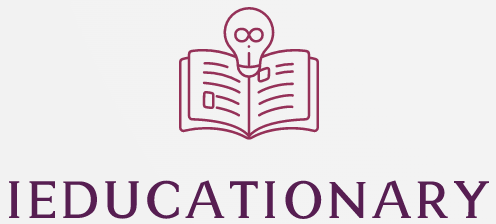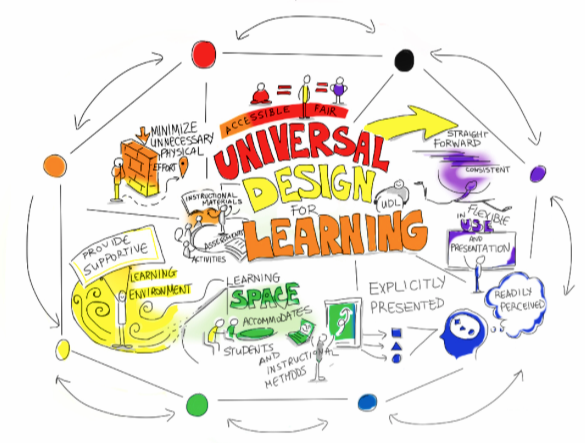What is universal design for learning in education? This article will explore the principles, benefits, and principles of implementation. It will also highlight resources for educators who want to incorporate this approach into their courses. Read on to learn more about this promising trend in education. Listed below are some tips for incorporating UDL into your course. Hopefully, these tips will help you get started. As always, feel free to share your thoughts and feedback with others!
Principles
Using the principles of Universal design for learning in education in the classroom will allow students to access information in the best way possible. This means that educators should create courses in multiple formats and offer students various ways to engage with course content. For example, learners with visual impairments may prefer to read a text instead of listening to audio. Students with dyslexia, for example, may be more motivated by an activity in which they can use kinesthetic skills.
The concept of universal design for learning in education involves integrating the principles into every part of a student’s learning experience. This means that all academic materials, including web content, assessment instruments, labs, and fieldwork, should be designed to support all students, regardless of their abilities. Similarly, teachers should provide students with information on how to use campus facilities and services to accommodate students with disabilities. A good place to start is the CAST website.
Benefits
The principles of universal design for learning are based on scientific understanding of the way people learn. Using these principles, teachers and institutions can adapt their content, methods, and resources to improve learning for all learners. In addition, this approach promotes equity in the learning environment and provides options to manage effort through feedback, collaboration, and community. This approach reduces barriers to learning for those with different learning styles and disabilities. And, while implementing universal design in the classroom, teachers and institutions can still maintain high standards.
One of the goals of UDL is to support every learner in the classroom, regardless of learning style, cognitive ability, or physical disability. This approach to learning emphasizes multiple ways to express and represent ideas and information, as well as providing appropriate challenges and motivation for each student. This philosophy can make learning more inclusive for all students, even in general education settings. Here are a few examples of how UDL can benefit education.
Principles of implementation
One of the primary goals of UDL is to create an environment that helps the broadest range of learners. The design philosophy emphasizes adapting information to the learner’s strengths and weaknesses and provides different ways for students to interact with material. It can also help reduce barriers to learning and encourage self-awareness. This article will cover some of the key principles of UDL and how they can be implemented in the classroom.
One of the primary goals of UDL is to create a flexible curriculum that challenges diverse learners. This means creating learning materials that are accessible for all students, regardless of age, background, or ability. The Center for Applied Specialty Technology and Teaching (CAST) offers an in-depth look at UDL strategies. These strategies include the development of multiple formats for subject matter and ensuring that students have access to material that aligns with their strengths.
Resources
Despite the benefits of Universal Design for Learning, implementing the concept into education resources can be challenging. Here are some tips to help teachers adopt the principles and implement the practice in their courses:
Using universal design for learning can be beneficial for all students. It breaks down the barriers that hinder students with different learning styles and offers multiple ways to learn. In the classroom, it can influence the way lectures are created and the way students interact with the content. Students who struggle to understand the material may find that a video lecture is easier to follow or a more interactive tool is best for them. The principles of universal design for learning are not a replacement for accommodations.
One of the main goals of Universal Design for Learning is to make educational materials as flexible as possible. Unlike rigid textbooks, flexible instructional materials and techniques promote learning for people with disabilities. This allows for a larger diversity of students and reduces costs associated with making changes. By incorporating the principles of UDL into education resources, more teachers can use the same materials for all students, including those with learning disabilities. The benefits of implementing UDL into education resources are substantial and should be considered before making any changes.

